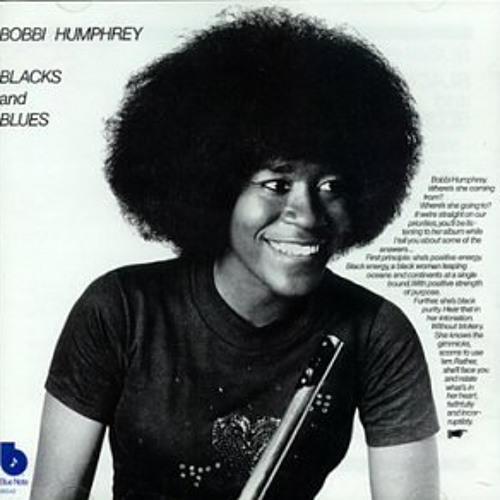HRD
+ MLK and Harlem

Ebay has an expensive but rare pamphlet ($500) up for sale that highlights the proposed (1937) Harlem River Drive.
The before/after photos are tough to gauge:

but the sinuous, white curving drive (highlighted from East 125th Street almost up to the George Washington Bridge access) in this cover photo is very clear with the Hudson River below/under the pamphlet’s title, and the GWB in the top-right corner:

And any discussion of the Harlem River Drive has got to be accompanied by a version of the classic Bobbi Humphrey song:
Dr. Martin Luther King Jr. Nearly Died In Harlem
On September 20, 1958, Harlem witnessed the attempted Assassination of Martin Luther King Jr. The assassination attempt occurred at Blumstein’s department store on 125th Street in Central Harlem. Dr. Martin Luther King Jr., was signing copies of his newly published book, Stride Toward Freedom, when he became the target of an assassination attempt by Izola Ware Curry - a 42-year-old African American woman with a history of mental illness.
Curry harbored delusions and paranoia, which ultimately led her to believe that King was part of a conspiracy against her. Armed with a seven-inch steel letter opener, she approached Dr. King with the intent to harm him. Her actions were not politically motivated; rather, they stemmed from her personal struggles and distorted perceptions.

As Curry lunged at King, she drove the blade into the upper left side of his chest. The wound was severe, but King’s life was saved by the quick reactions of those present. An advertising executive from The Amsterdam News, a prominent Black newspaper, immediately grabbed and restrained Curry. Meanwhile, New York City police officers Al Howard and Philip Romano arrived on the scene. Recognizing the risk of removing the blade, they prevented well-meaning bystanders from doing so. Instead, they coordinated with Harlem Hospital to ensure King’s safe extraction from the store without exacerbating the injury.

King underwent emergency surgery to remove the blade. Dr. Aubre Maynard, the surgeon, later revealed that the razor tip of the instrument had come dangerously close to King’s aorta. Had King sneezed or made any sudden movements during the hours of waiting, the aorta could have been punctured, leading to fatal consequences. The incident underscored the fragility of life and the importance of timely medical intervention.

The attempted assassination left an indelible mark on Martin Luther King Jr. and the civil rights movement. While Curry’s actions were driven by her mental illness, they highlighted the dangers faced by leaders advocating for racial equality and justice. King’s resilience and commitment to nonviolent activism continues to inspire so many who seek righteous change.
Dr. Martin Luther King Jr. was assassinated by a white nationalist in Memphis, on April 4th, 1968

Reply